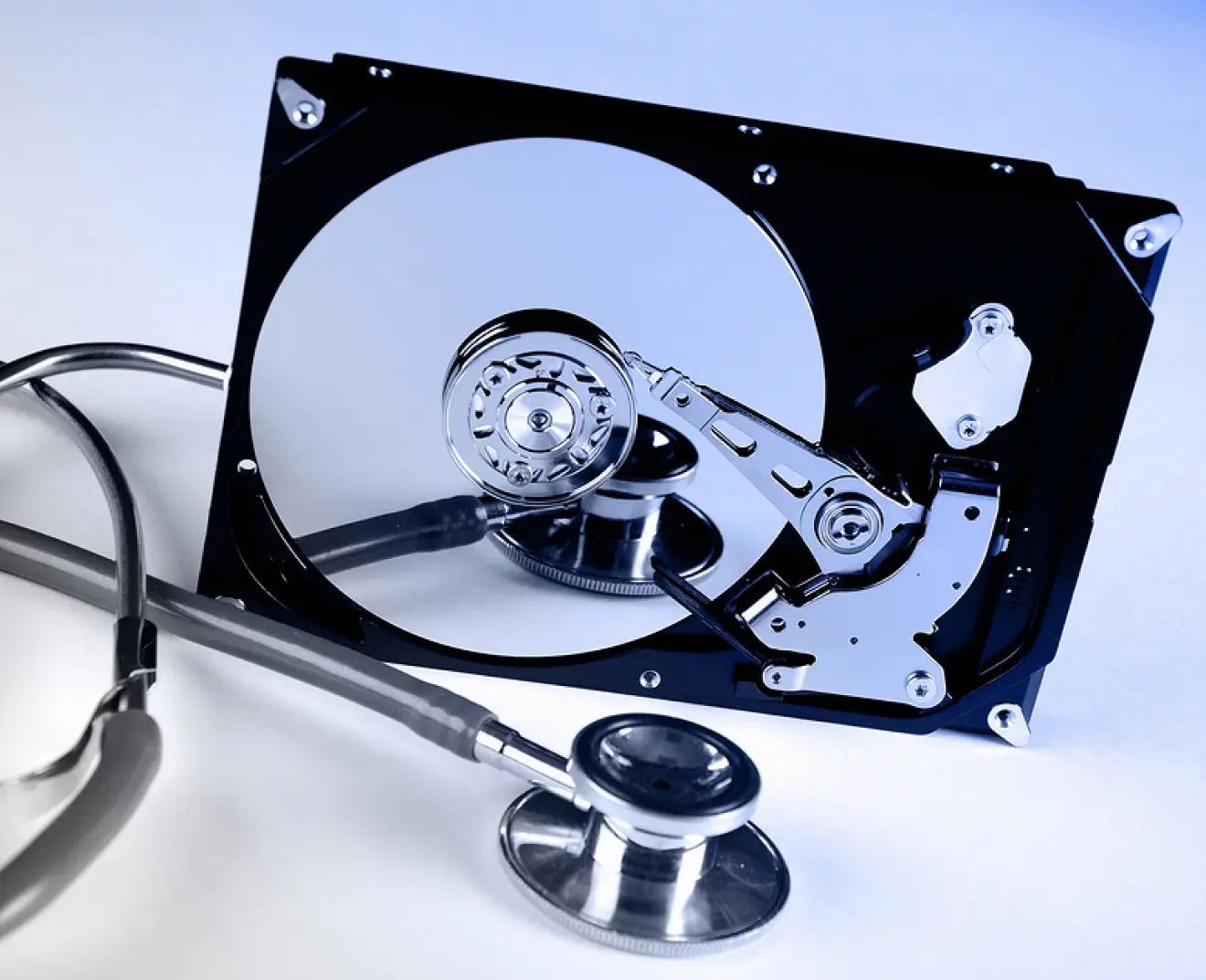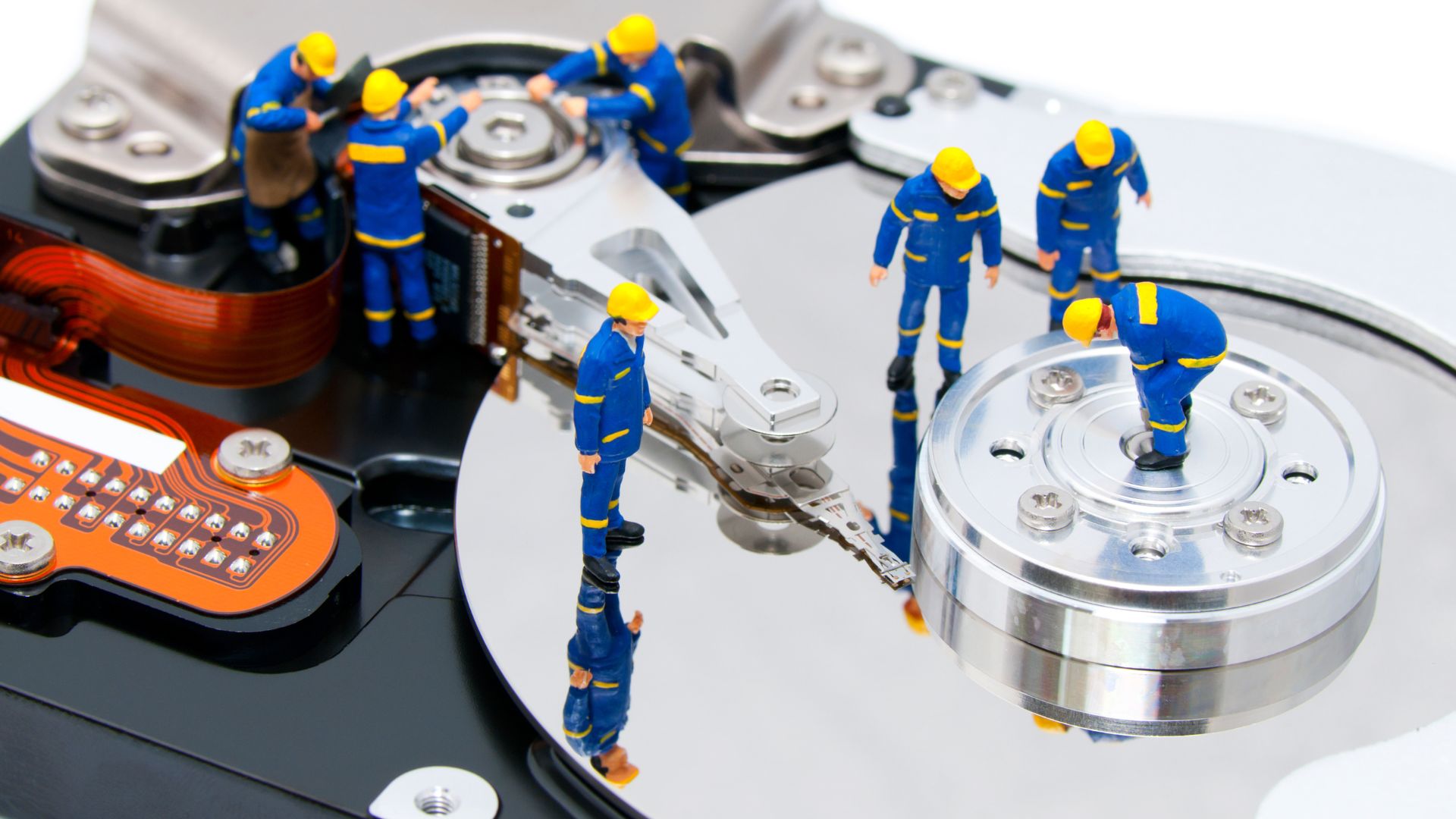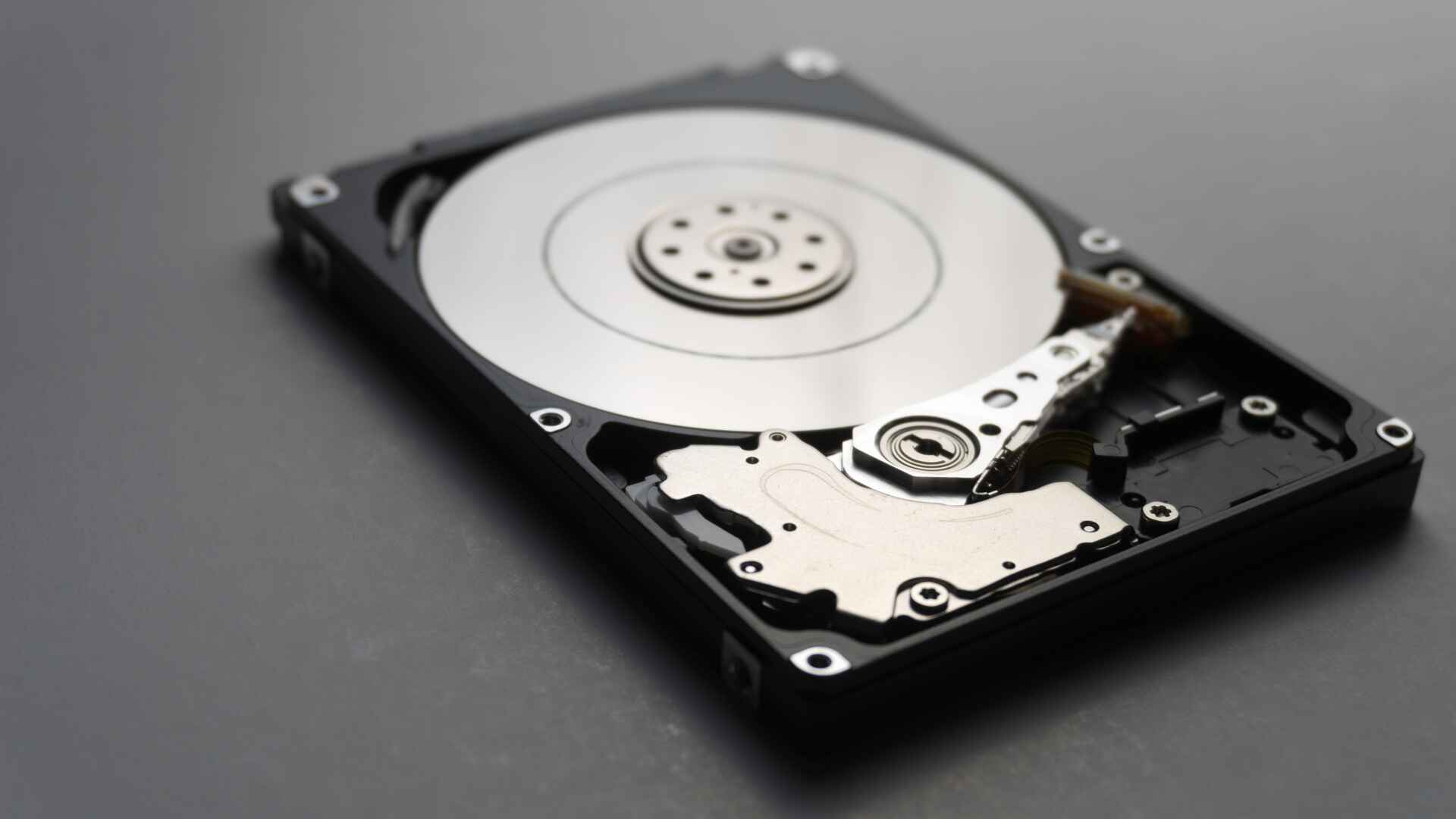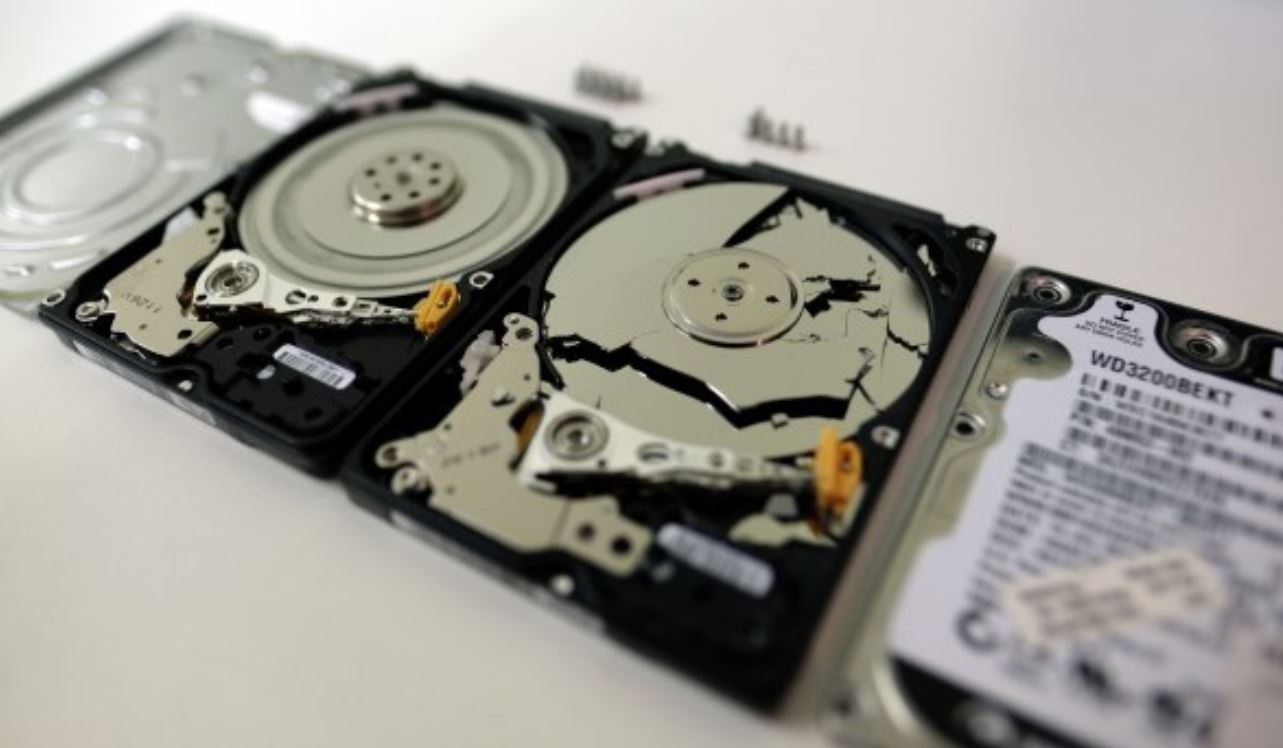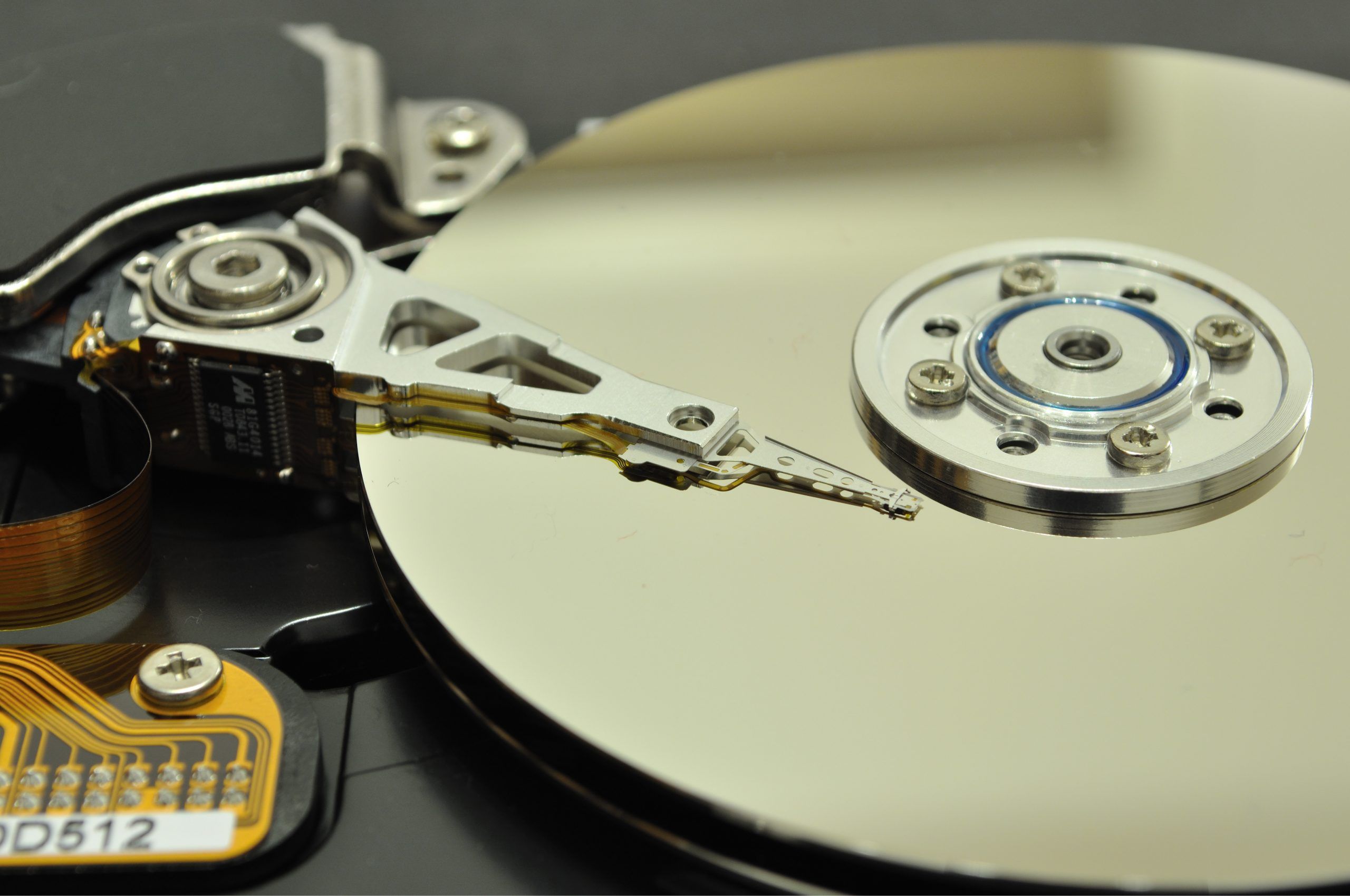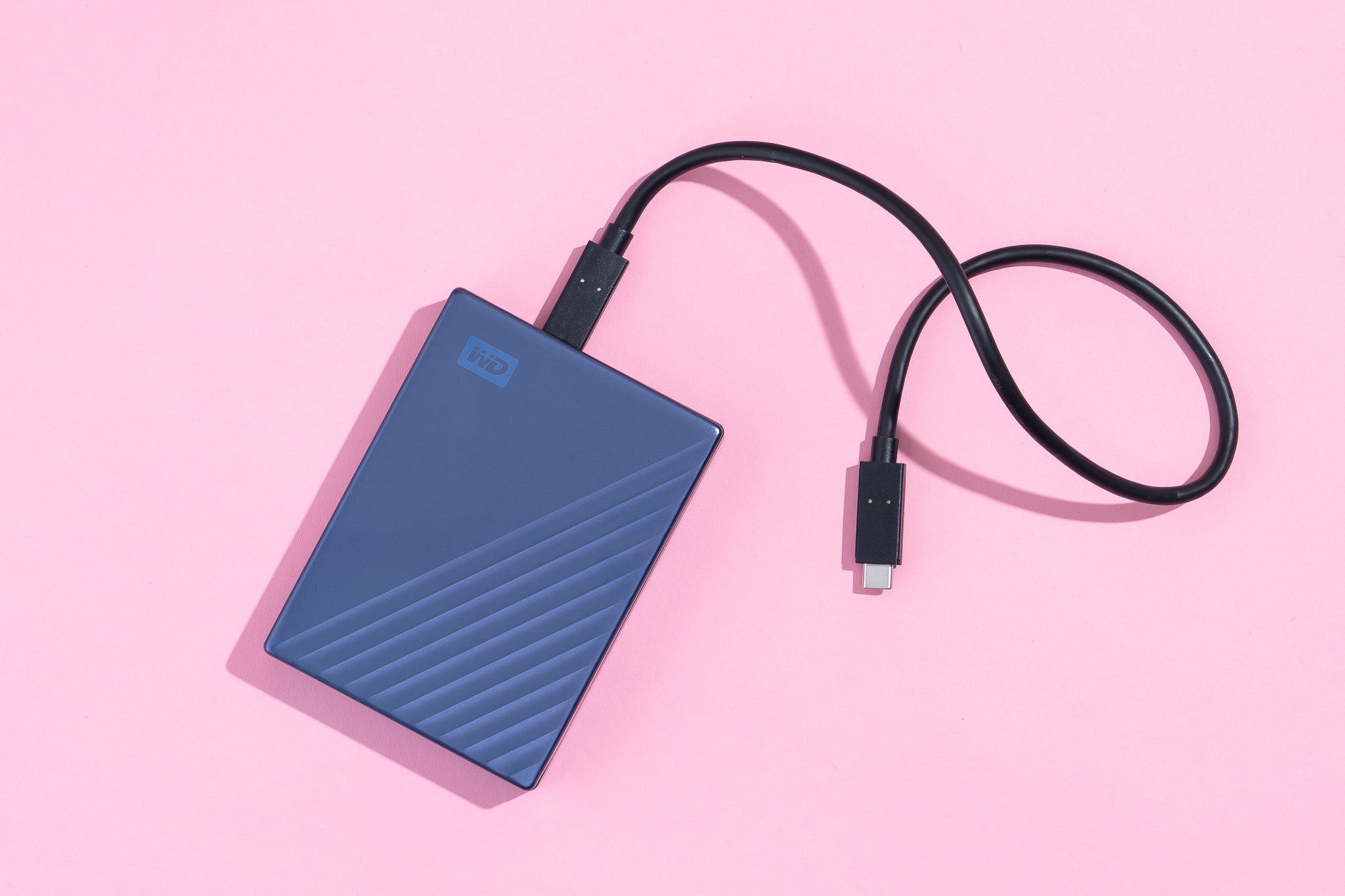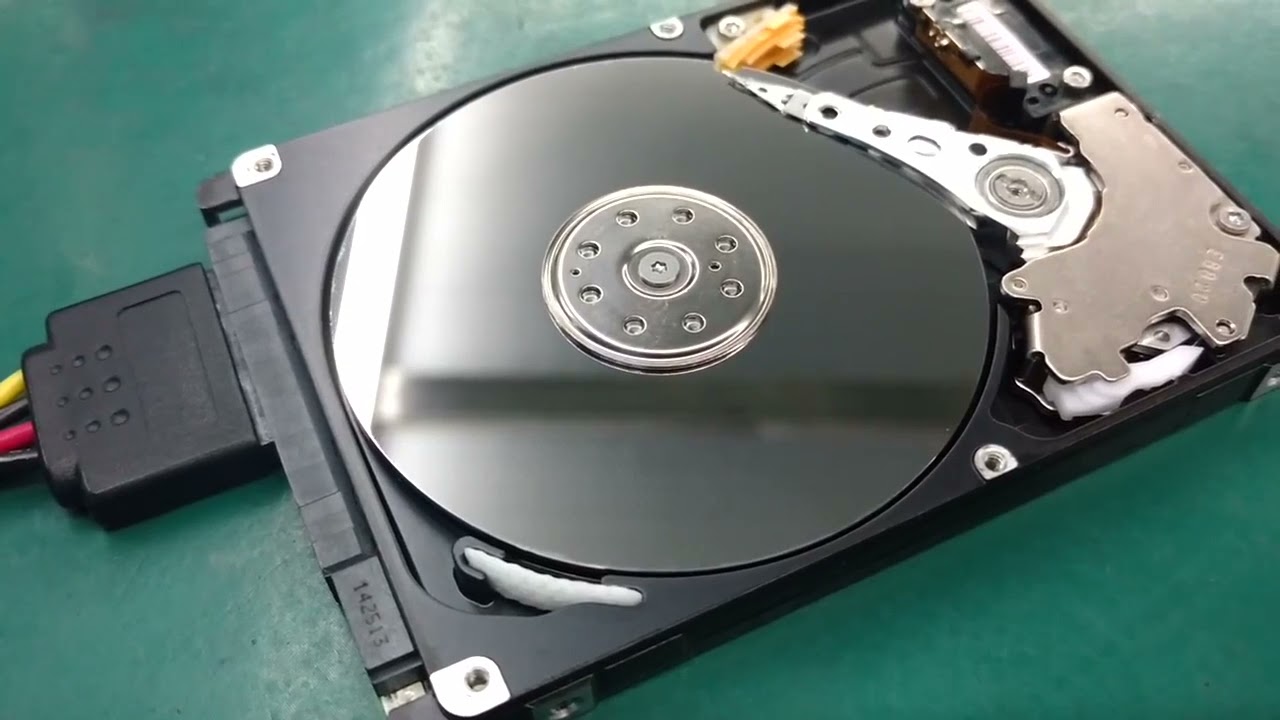Introduction
Welcome to the world of hard disk drives, where every sector is crucial for storing your precious data. But what happens when a sector goes bad? A bad sector in a hard disk drive can be a cause for concern. It can lead to data loss, system crashes, and overall performance degradation. In this article, we will explore what bad sectors are, what causes them, how to identify them, and most importantly, how to fix and prevent them.
A hard disk drive is the primary storage device in most computers, responsible for storing and retrieving digital data. It consists of millions of sectors, each capable of holding a fixed amount of data. However, due to various reasons, sectors can become damaged or develop defects over time. These damaged sectors are commonly known as bad sectors.
Bad sectors can occur on both traditional spinning hard drives (HDDs) and solid-state drives (SSDs). Although SSDs are more resilient to physical damage, they are not completely immune to bad sectors. Understanding what causes bad sectors can help you take the necessary steps to prevent and fix them, ensuring the longevity and reliability of your storage device.
So, whether you’re a tech-savvy individual or just curious about the inner workings of your computer, keep reading to gain insights into the world of bad sectors and learn how to safeguard your data.
What is a Bad Sector?
A bad sector refers to a small portion of a hard disk drive or solid-state drive that is no longer able to reliably store or retrieve data. It can be thought of as a physical or logical defect on the storage device. When a sector becomes bad, it may result in data corruption, system instability, or even complete data loss.
In a hard disk drive, a sector is typically a small unit of storage, often consisting of 512 bytes or 4 kilobytes. These sectors are arranged in concentric circles on the disk platter. Each sector is assigned a unique address, allowing the operating system and the drive firmware to access and manipulate data within the sector. However, over time, factors such as wear and tear, manufacturing defects, power surges, or abrupt system shutdowns can lead to the degradation of sectors.
Bad sectors can be categorized into two main types: logical bad sectors and physical bad sectors. Logical bad sectors are caused by software-related issues, such as file system errors, improper shutdowns, or defective device drivers. These sectors are often marked as bad by the operating system and can usually be repaired or recovered using specialized software tools.
Physical bad sectors, on the other hand, are a result of physical damage to the disk surface or the internal components of the drive. This can include issues such as head crashes, magnetic degradation, or manufacturing defects. Physical bad sectors are more serious and require professional intervention to recover or repair the affected sectors.
Regardless of the type of bad sector, they can lead to various problems. Data stored in a bad sector may become inaccessible, unreadable, or corrupted. This can cause system crashes, data loss, and general performance issues. Furthermore, the presence of bad sectors can also result in a slower overall performance of the hard disk drive or solid-state drive, as the drive firmware may need to make multiple attempts to read or write data to the affected sectors.
In the next section, we will explore the common causes of bad sectors, helping you understand why they occur and how to prevent them.
Causes of Bad Sectors
Bad sectors can occur in hard disk drives and solid-state drives due to a variety of reasons. Understanding these causes can help you take proactive measures to minimize the chances of encountering bad sectors. Here are some common causes:
1. Physical Damage: Physical damage to the disk surface is one of the primary reasons for bad sectors. This can include scratches, dents, or even head crashes in traditional hard drives. Solid-state drives may also experience physical damage due to accidents or mishandling.
2. Magnetic Degradation: Over time, magnetic properties on the disk platter of a hard drive may degrade, leading to difficulties in reading or writing data to specific sectors. This can result in the formation of bad sectors.
3. Manufacturing Defects: In rare cases, hard disk drives or solid-state drives may have manufacturing defects that cause the development of bad sectors right from the start. These defects can arise in the disk surface, read/write head, or other internal components of the drive.
4. Power Surges and Abrupt Shutdowns: Power surges or abrupt system shutdowns, such as during a power outage, can disrupt the writing or reading process on the disk. This can lead to data corruption and the formation of bad sectors.
5. Age and Wear: With prolonged use, hard drives and SSDs may start to develop bad sectors simply due to age and wear. As the drive components degrade over time, the likelihood of bad sectors increases.
6. Software-related Issues: In some cases, bad sectors can be caused by software-related issues. File system errors, operating system glitches, or faulty device drivers can lead to logical bad sectors. These can often be resolved through disk scanning and repair tools.
Now that you understand the common causes of bad sectors, in the next section we will explore the signs that indicate the presence of a bad sector in your storage device.
Signs of a Bad Sector
Identifying the presence of a bad sector in your hard disk drive or solid-state drive is crucial for addressing the issue in a timely manner. Here are some common signs that may indicate the presence of a bad sector:
1. Slow Disk Read/Write Speeds: If you notice a sudden decrease in the speed at which your computer reads or writes data to the disk, it could be a sign of a bad sector. The drive may require more time to access the data stored in the affected sector, resulting in slower overall performance.
2. File Read/Write Errors: When attempting to access certain files or save new files, if you encounter frequent read or write errors, it could be an indication of a bad sector. These errors may manifest as error messages, missing data, or corrupted files.
3. Frequent System Crashes: Bad sectors can cause system crashes or freezes when critical operating system files or application data become corrupted. If you notice frequent crashes or unstable system behavior, a bad sector could be to blame.
4. Disk Checking Errors: When running disk check utilities on your computer, such as Windows’ Check Disk or macOS’ Disk Utility, if you receive error messages stating that bad sectors have been found, it confirms the presence of bad sectors on your storage device.
5. Strange Noises: In the case of traditional hard disk drives, you may hear unusual clicking or grinding noises coming from the drive. These sounds could indicate a mechanical issue, such as a damaged read/write head, which can result in bad sectors.
It is important to note that these signs may also be indicative of other hardware or software problems. However, if you observe one or more of these signs, it is worth investigating further to determine if bad sectors are the cause.
In the next section, we will dive into the testing methods you can use to confirm the presence of bad sectors on your storage device.
Testing for Bad Sectors
Testing for bad sectors is essential to determine if your hard disk drive or solid-state drive is experiencing any issues. There are several methods you can use to test for and identify bad sectors:
1. Disk Scanning Software: Utilize disk scanning and repair software tools designed to check for bad sectors. These tools will perform a comprehensive scan of your storage device, identifying and marking any bad sectors found.
2. Operating System Utilities: Most operating systems, such as Windows, macOS, and Linux, provide built-in utilities for testing and repairing disk errors. For example, on Windows, you can use the built-in utility called Check Disk (chkdsk) to scan and fix bad sectors.
3. SMART Monitoring: SMART (Self-Monitoring, Analysis, and Reporting Technology) is a feature found in most modern hard drives and SSDs. SMART monitoring tools can provide detailed information about the health of your storage device, including the presence of bad sectors.
4. Third-Party Diagnostic Tools: There are various third-party diagnostic tools available that can help you test and diagnose the health of your storage device. These tools often provide more advanced features and detailed analysis of bad sectors.
When performing a test for bad sectors, it is advisable to back up your important data beforehand to ensure its safety. Additionally, keep in mind that not all bad sectors are repairable. Physical bad sectors, in particular, may require professional assistance or complete drive replacement.
Once you have identified the presence of bad sectors, it is crucial to take appropriate measures to fix and prevent further issues, which we will cover in the next sections.
Now that we have explored the testing methods, let’s move on to understanding how to fix bad sectors on your storage device.
Fixing Bad Sectors
Fixing bad sectors is important to ensure the integrity and performance of your storage device. The methods for fixing bad sectors can vary depending on the type and severity of the issue:
1. Software Repairs: If you have identified logical bad sectors, software-based repair tools can often help recover or mark these sectors as unusable. Disk scanning and repair utilities, such as Check Disk (chkdsk) on Windows or Disk Utility on macOS, can attempt to repair file system errors and recover data from bad sectors.
2. Data Backup and Reformat: If the bad sectors cannot be repaired, backup your data and consider reformatting the drive. Formatting the drive can help isolate and prevent further issues with the affected sectors, but keep in mind that this will erase all existing data on the drive.
3. Professional Data Recovery: In the case of physical bad sectors or severe data loss, it may be necessary to seek professional data recovery services. These experts have specialized tools and techniques to recover data from damaged sectors and repair the storage device if possible.
4. SSD Tools: If you’re experiencing bad sectors on a solid-state drive, some SSD manufacturers provide specific tools or firmware updates to help identify and handle bad sectors effectively. These tools may include features like over-provisioning, which allocates spare storage capacity to replace bad sectors.
It’s important to note that not all bad sectors can be fixed. Physical bad sectors caused by hardware damage may be irreversible, requiring a complete replacement of the storage device. Additionally, attempting to fix bad sectors can sometimes result in further data loss, so ensure you have backed up your important files before proceeding with any repairs.
Now that we’ve discussed the methods for fixing bad sectors, let’s move on to exploring preventive measures to minimize the chances of encountering bad sectors in the future.
Preventing Bad Sectors
While it may not be possible to completely eliminate the risk of encountering bad sectors, there are several preventive measures you can take to minimize their occurrence. By following these best practices, you can improve the lifespan and performance of your storage device:
1. Handle the Device with Care: Treat your hard disk drive or solid-state drive with caution to avoid physical damage. Avoid dropping or mishandling the device, as this can lead to scratches, dents, or other forms of damage that may result in bad sectors.
2. Protect Against Power Surges: Power surges can be harmful to your storage device and potentially lead to bad sectors. Use a reliable surge protector or uninterruptible power supply (UPS) to safeguard your computer system against sudden power fluctuations or outages.
3. Ensure Proper Ventilation: Overheating can negatively impact the performance and lifespan of your storage device. Ensure that your computer system has adequate ventilation to prevent excessive heat buildup. Consider using additional cooling solutions such as fans or liquid cooling systems if necessary.
4. Maintain a Stable Power Supply: Unstable power supply, such as frequent power outages or voltage fluctuations, can contribute to data corruption and bad sectors. Invest in a stable and reliable power source to protect your storage device from potential damage.
5. Regularly Update Firmware: Keep your hard disk drive or solid-state drive firmware up to date. Drive manufacturers often release firmware updates to improve performance, fix bugs, and address issues related to bad sectors.
6. Perform Regular Disk Maintenance: Regularly scan and repair your storage device using the built-in disk checking tools provided by your operating system. This can help detect and fix any potential file system errors or bad sectors early on.
7. Backup Your Data: Always back up your important files and data on a regular basis. This ensures that even if bad sectors do develop, you won’t lose valuable information. Regular backups also provide an additional layer of protection against data loss due to hardware failures or other issues.
By following these preventive measures, you can minimize the chances of encountering bad sectors and maintain the health and performance of your storage device.
Now that we’ve covered preventive measures, let’s summarize what we’ve learned in the concluding section.
Conclusion
Bad sectors in hard disk drives and solid-state drives can have significant consequences, from data loss and system crashes to overall performance degradation. Understanding what causes bad sectors, how to identify them, and the methods for fixing and preventing them can help ensure the longevity and reliability of your storage device.
In this article, we explored what bad sectors are and the different types – physical and logical. We discussed the common causes of bad sectors, including physical damage, magnetic degradation, manufacturing defects, power surges, and age-related wear. Recognizing the signs of bad sectors, such as slow disk read/write speeds, file read/write errors, frequent system crashes, disk checking errors, and strange noises, is vital for timely action.
We also discussed various testing methods to confirm the presence of bad sectors, including disk scanning software, operating system utilities, SMART monitoring, and third-party diagnostic tools. Fixing bad sectors can involve software repairs, data backup and reformatting, professional data recovery services, or utilizing specific tools for solid-state drives.
To minimize the chances of encountering bad sectors, we highlighted preventive measures such as handling the storage device with care, protecting against power surges, ensuring proper ventilation, maintaining a stable power supply, regularly updating firmware, performing disk maintenance, and backing up data regularly.
By implementing these preventive measures and staying vigilant for signs of bad sectors, you can mitigate the risks and maintain the health and performance of your hard disk drive or solid-state drive.
Remember, if you suspect the presence of bad sectors or encounter any issues, it’s essential to act promptly. Regular maintenance, data backups, and seeking professional help when needed can help safeguard your data and prolong the lifespan of your storage device.
So, stay proactive, follow best practices, and keep your storage device in optimal condition to ensure the smooth operation of your computer system and the safety of your valuable data.







